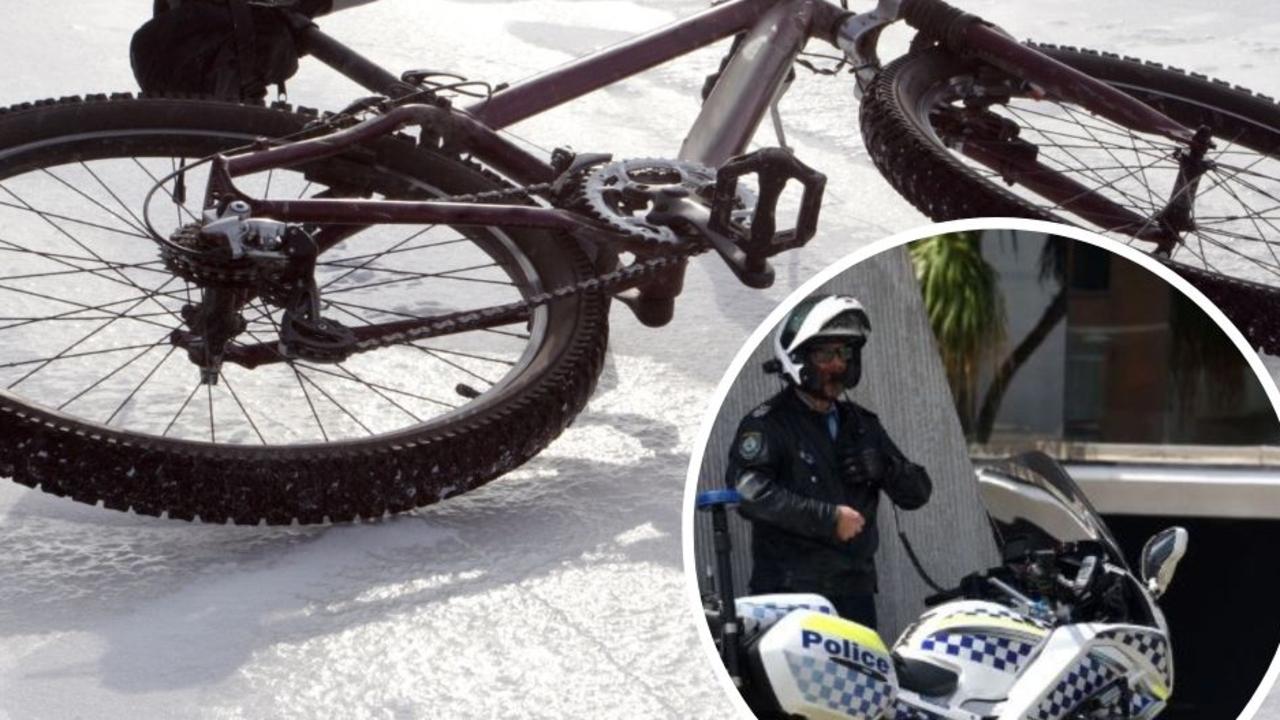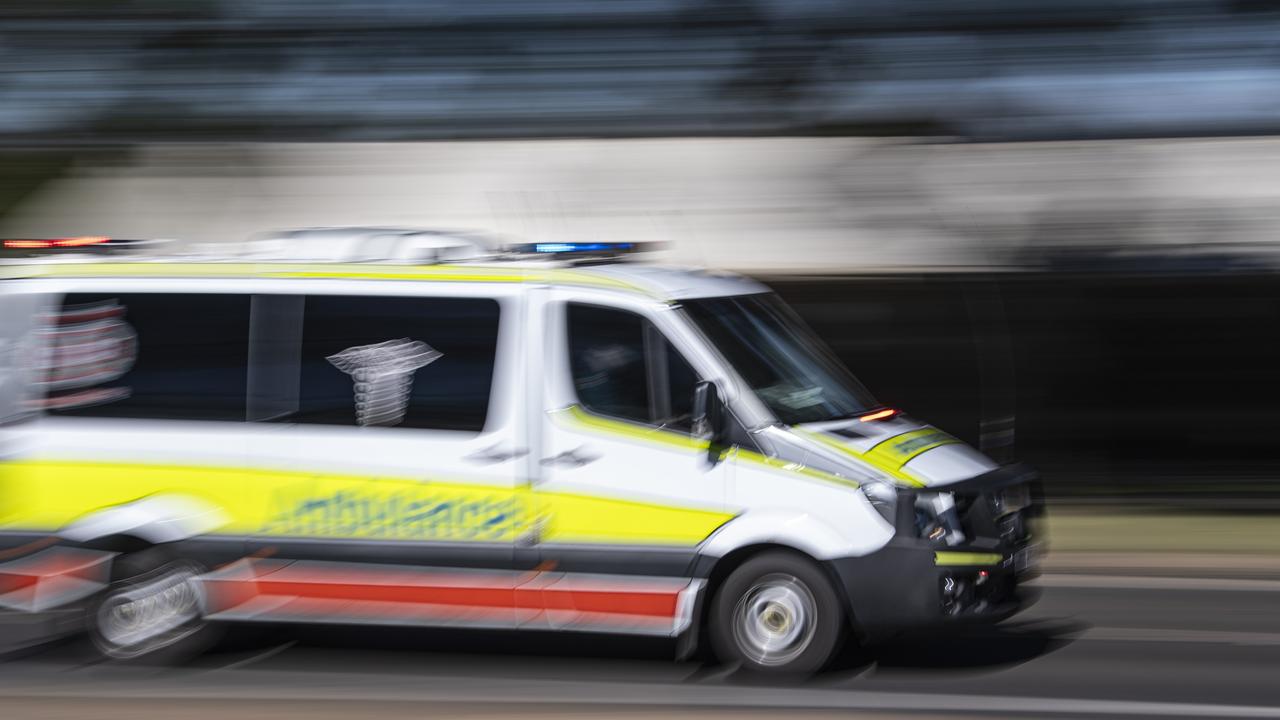CQ tops QLD for road deaths, X-rays and chronic conditions
A new health report has provided a concerning insight into the health of CQ residents.

Gladstone
Don't miss out on the headlines from Gladstone. Followed categories will be added to My News.
CENTRAL Queensland is the region with the highest road fatalities, diagnostic imaging requests and people with more than one chronic health condition, the Health of Queenslanders 2020 report reveals.
The report was prepared by Queensland’s chief health officer and Queensland Health deputy director-general, Dr Jeanette Young, who was both lauded and criticised about her advice to the government concerning the COVID-19 pandemic.
The population of the Central Queensland Health and Hospital Service catchment in 2018 was 218,421 people, five per cent of which spoke a language other than English.

A tragic badge of honour held by CQ revealed in the report was that more fatal road crashes occur in the region than anywhere else in Queensland.
This statistic was despite 2019 recording the lowest number of road fatalities since records began in 1952, with 219 deaths.
The report revealed there were 65 fatalities in the CQ police region, followed by 57 in the Southern region, 53 in the Northern region and 28 in Brisbane.
CQ had the highest rate in the state of people requiring diagnostic imaging per health service, the second highest rate of allied health treatment, and the fourth highest rate of by GP visits and specialist treatments required by patients.
The region clearly led the state in the number of people reporting more than one chronic condition at almost 70 per cent, compared to an average of about 47 per cent.
Chronic conditions are defined in the report as diseases and disabilities that have lasted, or are expected to last, more than six months.
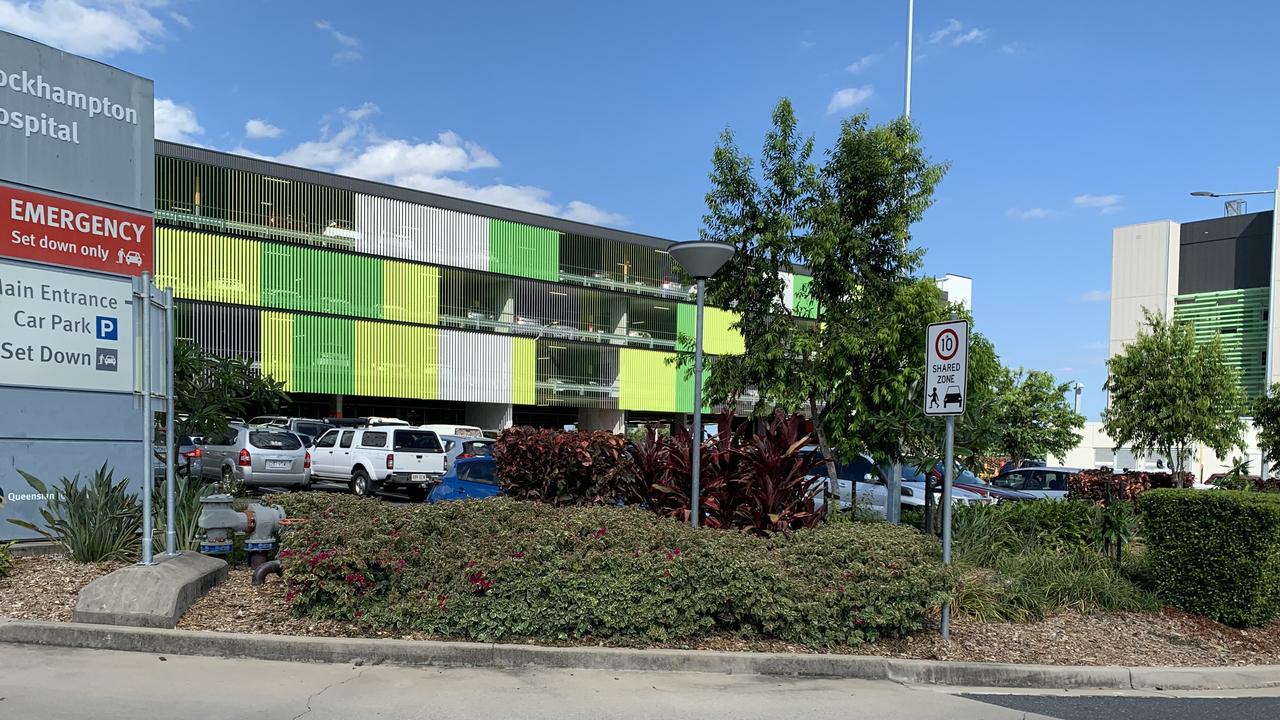
The second highest number of aeromedical retrievals across Queensland were also performed in CQ in 2019-2020, with 2781 patients flown for treatment, compared to 2801 from the Darling Downs and 2476 from Wide Bay.
In total, 23,026 patients were transferred across Queensland, 12,091 by plane, 5357 by helicopter and 2815 by ambulance, while 2818 calls to emergency services didn't require transfer and 125 people were taken by other services for treatment.
One quarter of people in CQ self-reported having mental health and behavioural problems, placing the region fifth in the state.
Almost 4000 people per 100,000 in CQ were hospitalised for injuries, the fifth highest of 15 regions across the state.
A dengue fever outbreak was reported in Rockhampton in May 2019, resulting in 21 cases, 13 confirmed and eight probable.
This resulted in 1935 premise visits and 1874 premise inspections, with 884 premises requiring mosquito control treatment.
The outbreak was declared over on October 9, 2019.
The rate of 538.9 cases of cancer per 100,000 people in CQ, in 2017, was below the state average of 541 cases per 100,000.
This placed CQ eighth out of 15 regions in the number of cancers being detected.
The Health Contact Centre interacted with 1,447,391 Queenslander’s over the past year, with about 580 people per 10,000 of CQ’s population triaged requiring hospital treatment.
This triage rate of CQ patients was equal fourth with Wide Bay among the 15 regions in Queensland.
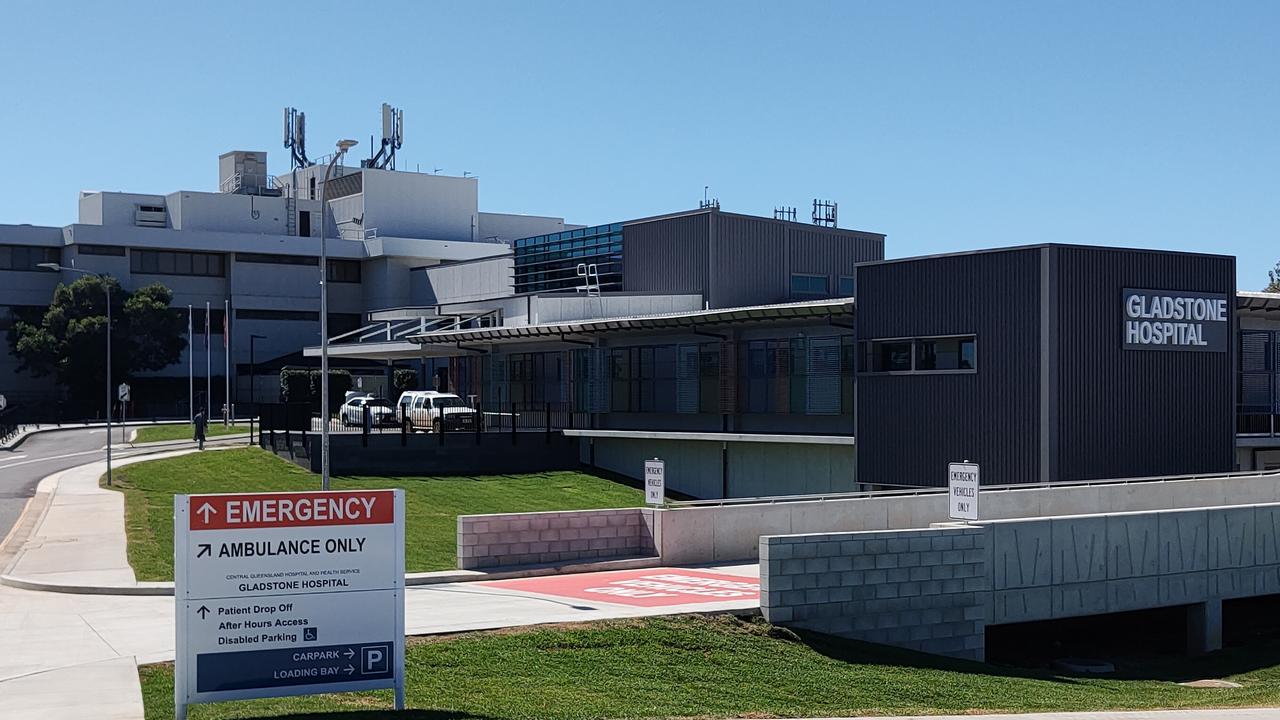
People from CQ were also reported to exceed single occasion risky drinking levels
at least monthly, one of five regions statewide (Mackay, North-West, South-West, Torres and Cape) considered above average for alcohol consumption at least once a month.
While this sounds alarming, eight other regions ranked above CQ, which was in line with the state average of 22 per cent, for adult lifetime risky alcohol consumption.
Alcohol use accounts for 40 per cent of liver cancer, 33 per cent of lip and oral cavity cancer
and 28 per cent of chronic liver disease in Australia.
More people from CQ are eating junk food, with data showing daily consumption of five serves of vegetables across the region declined between 2009 and 2019.
About 30 per cent of adults in CQ self-reported being obese, a figure that has increased by 20 per cent between 2009 and 2019.
This compares to a state average of 35 per cent self-reporting they were obese.
The number of smokers has decreased in CQ between 2009 and 2019 by 21 per cent, against a state average of a 36 per cent reduction.
This had CQ ranked third statewide for smokers at about 14 per cent of the population, behind North-West (18 per cent) and Torres and Cape (25 per cent).
Potentially Preventable Hospitalisations are certain hospital admissions that potentially could have been prevented by timely and adequate health care in the community.
In CQ, 16 per cent of Indigenous and 10 per cent of other hospital admissions were classed as
PPHs in 2018-2019.
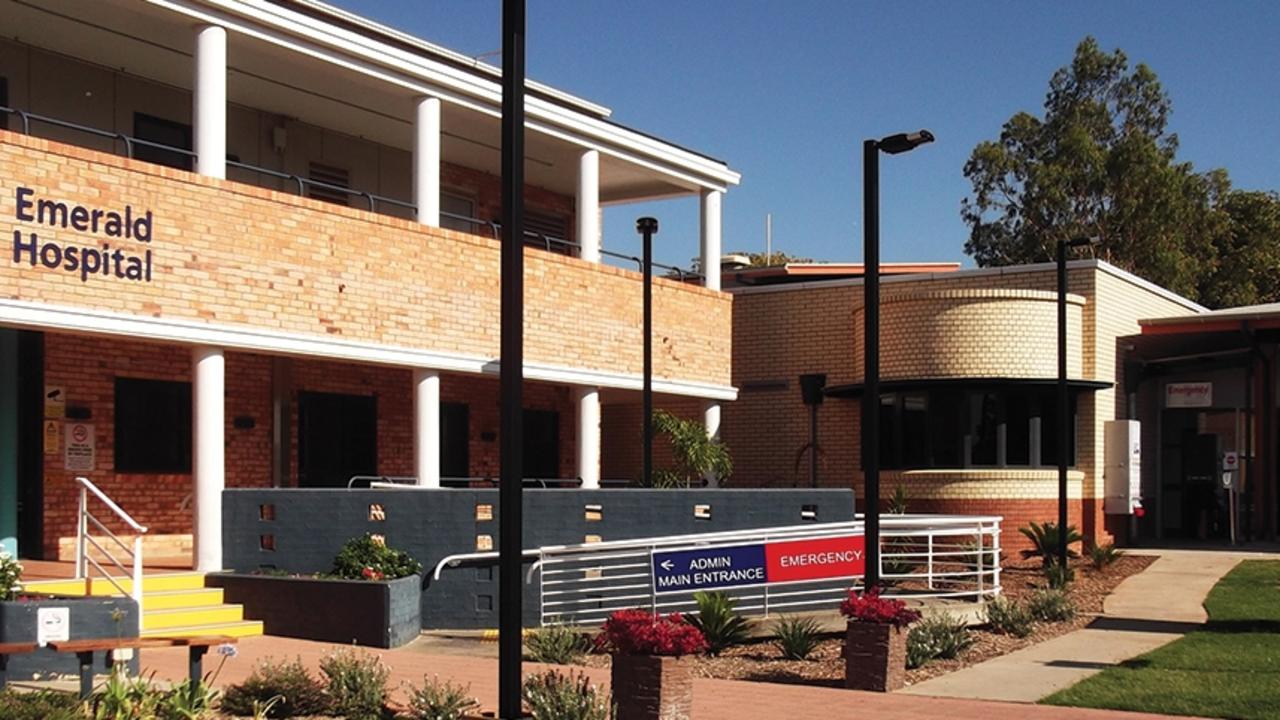
Child immunisation rates in CQ across children aged one, two and five varied compared to the state average.
The immunisation rate in CQ’s Indigenous one-year-old’s was 91.7 per cent compared to a state average of 92.5 per cent.
Other one-year-old immunisation’s in CQ were ahead of the state average of 94.4 per cent, at 95.5 per cent.
In two-year-old Indigenous children, the immunisation rate in CQ fell to 89.4 per cent, against a state average of 89.8 per cent, while in other CQ kids the same age, the rate was 93 per cent, compared to 92.1 per cent statewide.
The five year-old Indigenous immunisation rate in CQ of 97.4 per cent exceeded other kids of the same age at 95.3 per cent, both figures being above the state average.
CQ was one of three regions where the number of adults achieving one hour of physical activity daily (classed as sufficient) lagged behind.
About 55 per cent of adults in CQ achieved 150 minutes per day of physical activity, just below the state average of 59 per cent.
But between 2009 and 2020, the number of adults participating in sufficient physical activity in CQ increased by 11.9 per cent, the second highest increase across QLD.
Despite this, Queensland was the highest ranked jurisdiction for adult insufficient activity
based on population.
More stories,
REVEALED: What suburbs thieves are targeting in Gladstone




